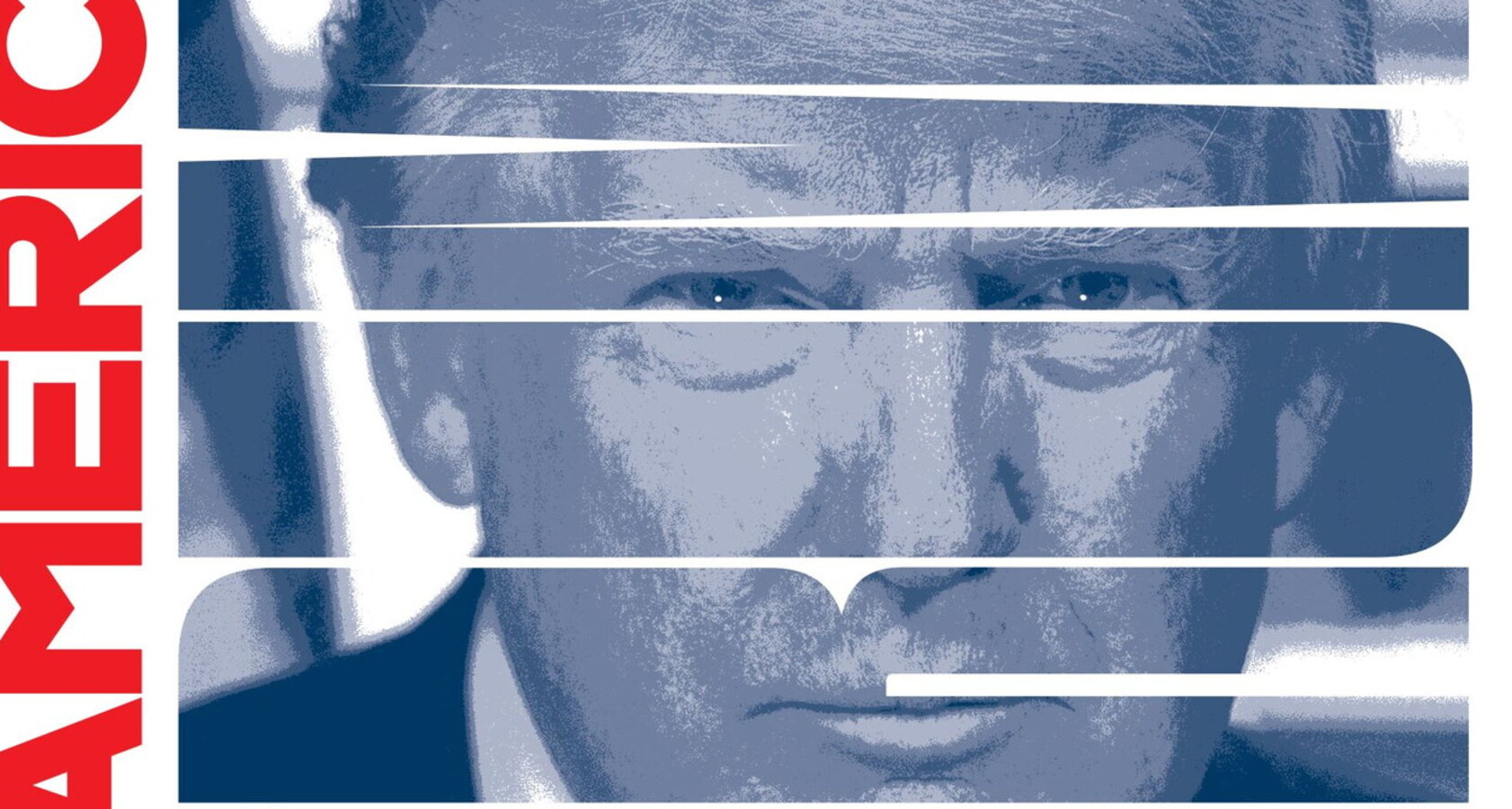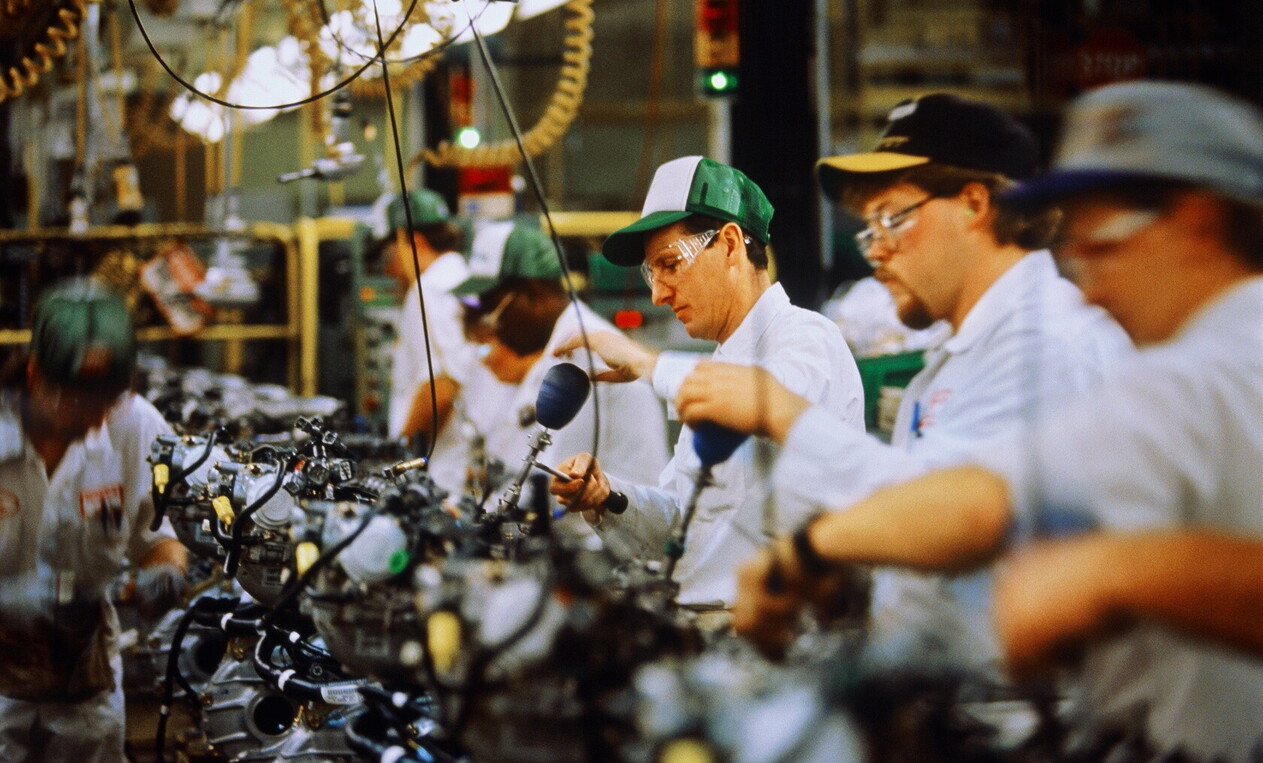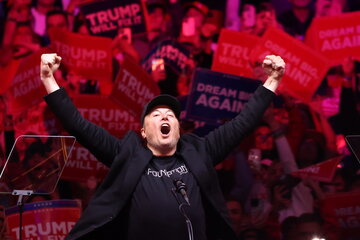
Scenario
America in the era of Trump 2
Donald Trump’s return to the white house marks a turning point for the u.s., a turn towards deregulation, trade protectionism, and an “america-first” agenda that revives fossil fuels and disrupts the global order. unstable alliances and rising tensions with europe drive a new geopolitical reality
9 minDonald Trump’s election reinforces the golden rule of this election year: incumbents have it tough. Voters want change. In the U.S., surging living costs played to the challenger’s advantage, especially in a ‘winner takes it all’ system. This time, Trump’s mandate is even stronger than in 2016, with a popular vote win and control of both houses of Congress. How well his presidency meets expectations will be tested as early as the 2026 midterms.
The ruling coalition
Trump’s coalition rests on an unprecedented alliance—or perhaps a marriage of convenience—between new tech capitalism and politics, with Elon Musk as its emblematic figure. How long this union will last remains uncertain. The coalition also includes a slice of Silicon Valley (which had been far more cautious in 2016), a segment of the financial sector drawn by tax cuts, the traditional oil and shale gas establishment dominating energy policy, and parts of the old manufacturing industry, which favors reindustrialization through tariffs rather than subsidies.
At the grassroots level, Trump has managed to win over the underprivileged working class—not just white voters, but also a growing share of minority groups, particularly Hispanics. His coalition cuts across traditional divides, forming a broad, horizontal base. Education has emerged as the new political fault line, challenging the notion that Democrats hold a guaranteed demographic majority.

T
rump’s return signals not just a change in power, but a shift in how it is wielded. His goal is to expand presidential authority while drastically reducing the role of the federal government. Central to this plan is the new Department of Government Efficiency (DOGE), led by Elon Musk and Vivek Ramaswamy, tasked with overseeing sweeping budget cuts.
The result, at least in theory, will be a ‘hyper-presidency,’ a weakened legislature, and greater autonomy for states. This is not Reagan-style ‘small government,’ but something closer to a quasi-confederal model, tempered by the expanded powers of the presidency.
A deliberate clash with the so-called deep state is also on the horizon, with friction expected at the Pentagon, National Intelligence, and the Department of Justice.
The real question is whether key institutions—the Senate, which aims to preserve its role in appointment confirmations, and the Fed, where Jay Powell remains in office until May 2026—will act as a counterbalance. Added to this is a segment of the business community wary of excessive U.S. commercial isolation. Regardless, significant internal turmoil is expected. America will remain deeply divided.
From Empire to Republic
Turning to the international picture, Trump seems more a symptom than a cause of a broader paradigm shift. While global trade has held up in volume—thanks in part to ‘connector’ countries like Vietnam and Mexico—tariffs and duties have been steadily rising for years. Trump’s America makes this trajectory clearer, which is linked—in geopolitical terms—to the competition between China and the United States, which plays primarily on tech supremacy. The new U.S. president explicitly rejects the burdens of the old liberal order—an empire reverting to a republic. He has announced a wave of tariffs, targeting China but also imports more broadly. While it remains to be seen how rigorously these measures will be enforced, the impact on Europe is inevitable. Far more reliant on global trade than the U.S., Europe risks emerging as a potential loser in the technological contest unfolding across the Pacific.

In foreign policy, Trump’s vision is that America can assert dominance through its comparative strengths in energy, military, and technology—without relying on direct military intervention. Instead, power will be projected through the logic of ‘peace through strength.’ This approach also involves leveraging the threat of ‘withdrawal’ from international agreements, as seen in the confirmed exit from the Paris Climate Agreement and the looming crisis at the WTO. In this sense, America becomes an ‘intermittent great power,’ exerting influence selectively rather than consistently.
The White House will lean heavily on unpredictability as a tactic—intentionally unsettling both allies and rivals. But there’s no guarantee this approach will succeed
This is a hard nationalist, not isolationist, stance. It recognizes the limits of U.S. resources and sets clear priorities—chief among them, containing China. This strategy includes an effort to pull Russia away from China’s orbit. Unlike Joe Biden, who sought to weaken Russia through attrition and framed global politics as a clash between democracies and autocracies, Trump will aim to fracture alliances between autocracies. This means ending the conflict in Ukraine and, with support from Israel and Gulf states, settling scores with Iran. The primary focus will then shift to the Indo-Pacific front.
The appointments of Marco Rubio as Secretary of State and Mike Waltz as National Security Advisor underscore this approach, signaling a shift away from Europe’s centrality in U.S. foreign policy. This will be paired with renewed U.S. pressure—longstanding but now intensified under Trump—for a NATO more dependent on European military spending. The result is a ‘NATO 3.0’ with less America and more European responsibility.
The White House will lean heavily on unpredictability as a tactic—intentionally unsettling both allies and rivals. But there’s no guarantee this approach will succeed.
Trump 2.0 will reshape political balances with a mix of strong internal deregulation—potentially boosting the U.S. economy—and heightened external protectionism, which risks creating new challenges, including inflationary pressures.
Trump’s ‘America-first’ vision also embraces ‘energy dominance.’ He has appointed Chris Wright as Secretary of Energy and Doug Burgum—arguably the more influential figure—to lead the Energy Council, signaling a revival of fossil fuels. The strategy centers on boosting oil production and issuing new LNG licenses, with significant implications for energy prices and global markets.
It’s unclear how much this shift will affect the U.S. renewables sector. Some argue that Trump is unlikely to revoke the infrastructure investment subsidies provided under the Inflation Reduction Act, especially since they have benefited red states like Texas.

Europe, the potential loser
Tariffs, China’s role, regulatory divergence, and energy costs will strain U.S.-Europe relations, further complicating Europe’s efforts to close the technological gap. Trump isn’t the cause of Europe’s lag—he merely makes it more obvious. Two competing theories have emerged. One holds that Trump’s approach will push Europeans to unite, negotiate as a bloc, and increase their clout within NATO. The other foresees division, with individual countries pursuing bilateral deals with Washington, weakening Europe’s collective leverage.
Italy may seek to leverage political affinity and internal stability, but it faces two hurdles: low military spending (1.5 percent of GDP) and a $40 billion trade surplus with the U.S. Meanwhile, some argue that internal crises in France and Germany weaken the European Commission, while others believe this could grant the new Commission greater room for action.
What’s clear is that Europe was unprepared for a shift that was, in hindsight, predictable—the end of the old transatlantic era and the start of a more cutthroat global order, where trade and security are intertwined. It’s a game for carnivores, and Europe remains too much of a herbivore.

